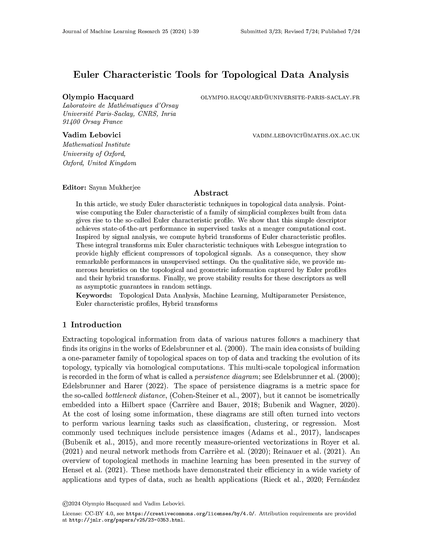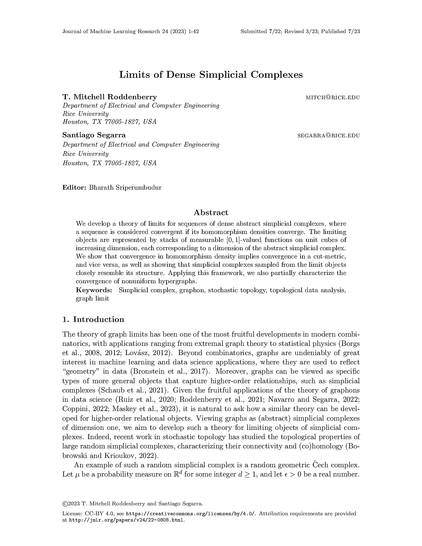New paper: We think of a deck of card as a linear order. Then, a (riffle)-shuffle between two decks of cards is an order in the union of deck A and deck B, where the new order preserves the order of A and the order of B.
I know I used too many words for a very simple concept. You can just google riffle shuffle and see what I mean.
Now, we can change A by a tree, and still study shuffles between A and a linear tree B. Basically, assume A has two branches, let C,D be the linear orders from the leaves to the root of A. Then a shuffle of A and a linear order B is the colimit of shuffles between the decks C and the linear order B, and shuffles of D and the linear order B.
We are basically gluing shuffles, see Figure below.
In the image, we consider the linear tree B with two black cards, and a tree A, represented by the poset {x<y, x<w<z}.
If we walk from the root to any leaf on the shuffle of A and B, we recover a shuffle of B and (a path from the root A to a leaf on A).
We can define shuffles between a poset and a linear order in a similar way.
In our recent paper, we answered the question of how many different shuffles are there between a tree and a linear tree. This question is born in dendroidal homotopy theory, since trees are closely related to operads (free tree operads). More or less the shuffle of a tree and a linear tree parametrize elements in the tensor product of a free tree operad and a tree operad on the linear tree, equivalently, we are counting maximal simplices on the geometric realization of a #dendroidal set and the geometric realization of a #simplicial set. 1/3

